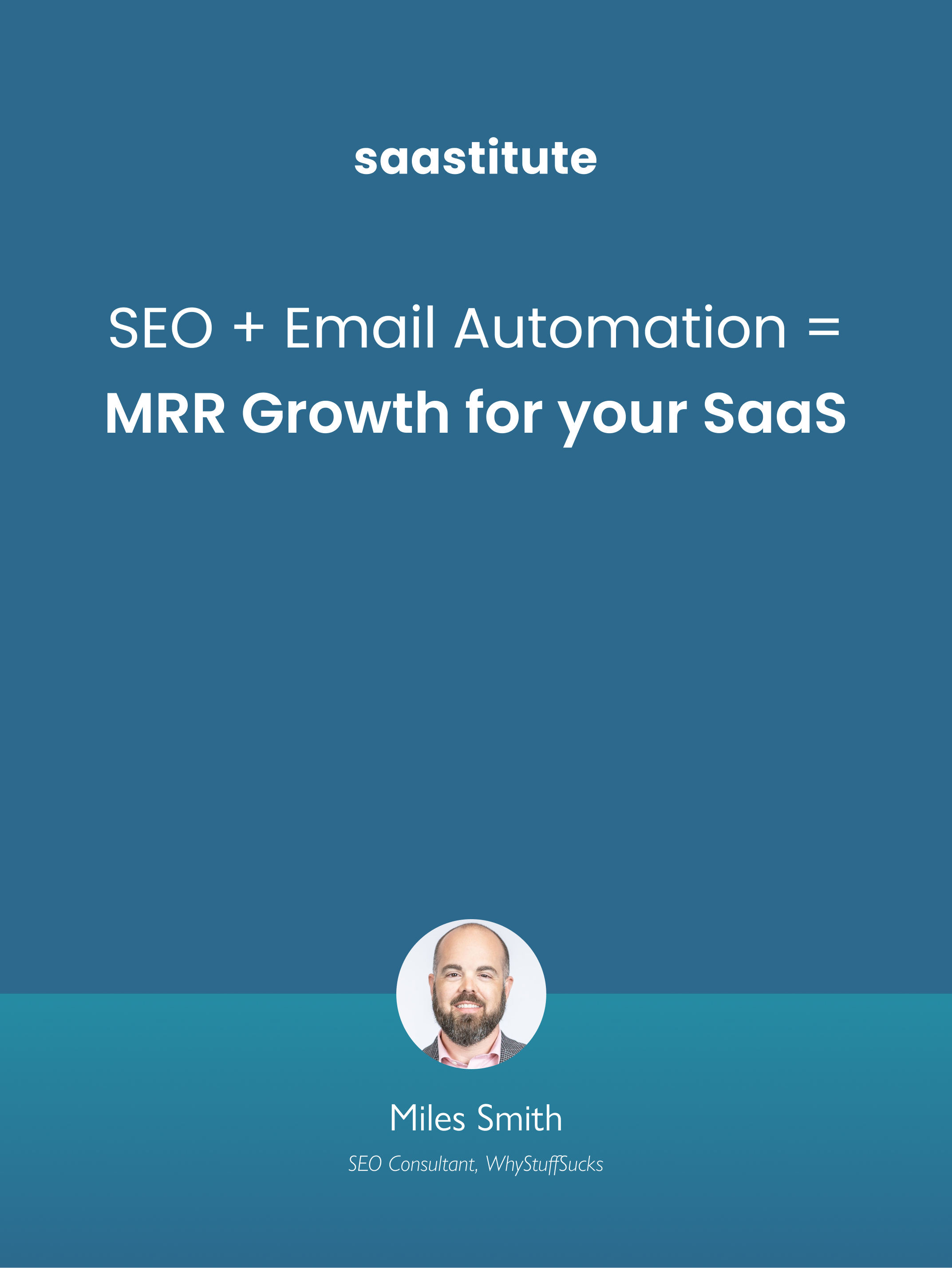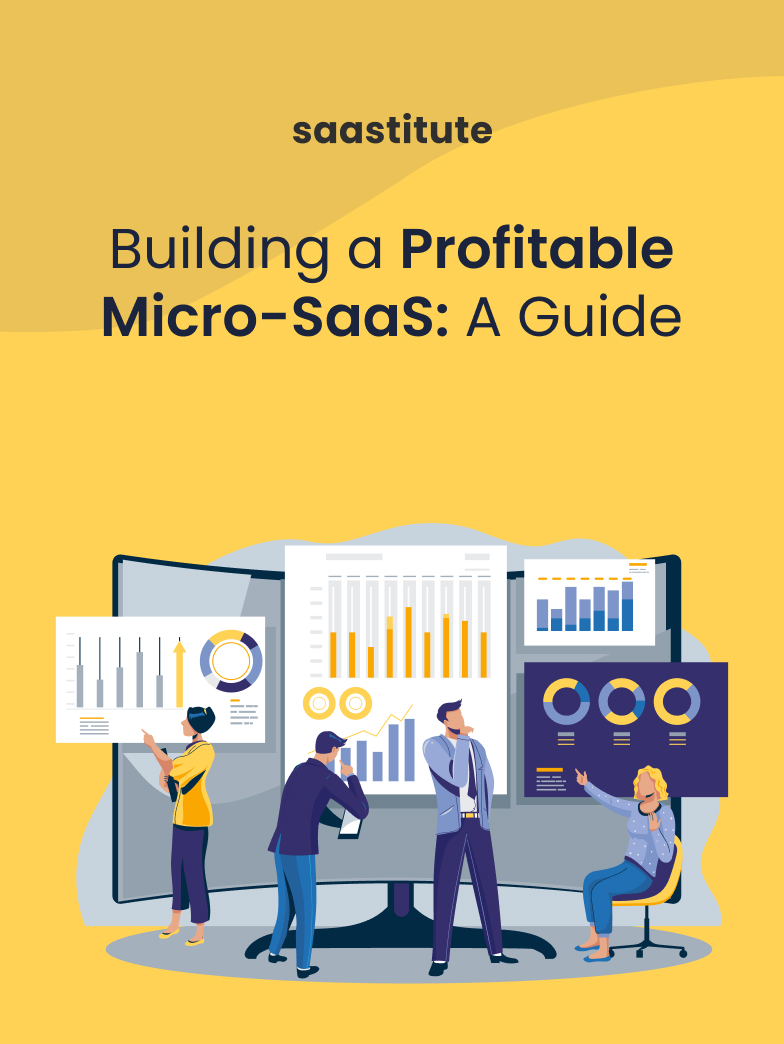B2B vs B2C Product Management
Here are some of the differences between B2B and B2C Product Management and some of its similarities.

B2B signifies a transaction between two businesses, whereas B2C refers to businesses selling their products to customers. As a product manager, it is their duty to know the difference between the two so as to choose the best strategy for their product. But before we get into that, let’s talk a little bit about B2B and B2C Product Management.
What is B2B Product Management?
Simply put, B2B product management involves working closely with the clients, who are other businesses. Some tasks of a B2B product manager include market research, branding and pricing. Here are some of the most important skills for a B2B SaaS product manager to have in their arsenal.
Earlier, B2B used to signify that the user experience wasn't as important. What mattered was convincing the buyer to buy the product, even if the users had complaints about its usability. When B2B first rose to fame, the focus was on function over form. Product features and robustness were given higher preference over the UI and user experience. But that is quickly changing with rising trends such as Product Led Growth and Vertical SaaS. Companies are even changing the way they market to their target demographic. Here are some B2B marketing trends to watch out for 2022.
What is B2C Product Management?
In B2C, product management focuses heavily on the end-user experience and feedback. Product managers do this by conducting market research, feedback, and in-person interviews with users of the products, so there is a direct line of feedback between the users and the company.
Interacting with the customers is a boon the company as they can develop and update the software as per the customer’s necessities. This is a great step to increase retention as users to more likely to stick with products that constantly fix bugs and also takes customer feedback seriously.
B2B Product Management vs B2C Product Management?
When you boil it down to its simplest form, both B2B and B2C might seem like companies designing and selling their products to the user. In reality, there are a lot of factors on the front and back end that are different. Some significant differences are:
Revenue generation

In B2B, revenue is generated from a handful of high-value transactions, usually enterprises. The sales cycle in B2B varies from 6 to 12 months, usually ending around the financial year. In this time, the sales team nurtures and build a relationship with the customer while also ensuring that they stick around for the next year.
In B2C, the company earns revenue from their numerous customers, who in turn make millions of smaller transactions. These could be anything like subscriptions, upgrades or micro-transactions. Spotifys cheapest plan costs $10/month which is the price of two cups of coffee. But considering Spotify’s 365 million active monthly users worldwide and 180 million premium users, this is where B2C companies rake in the bucks.
Separating the customer from the user

In the case of B2B, users are rarely the customers. Customers are the purchasers of the product, whereas users are the end-users, the true intended audience for the product. Say if company XYZ was the customer of an enterprise SaaS company ABC, the employees of XYZ are the users of ABC’s product.
In B2C, the customer and user is usually the same person. The businesses design, sell and interact with the customer since the people paying for the product are most often the people using the product.
Lead generation

The marketing team in B2B SaaS companies is more involved in positioning, messaging, and gathering leads for the sales team. The sales team will then be in charge of converting leads and boosting revenue. They may concentrate on inbound sales, outbound sales, or account management.
B2C enterprises will frequently rely on advertising to generate leads. This implies that a marketing team buys and optimizes advertising on Facebook, Google, and other platforms in order to attract new users who are more likely to become customers.
Update Release

The users of B2B products resist change as they have to use the product on an everyday basis, which makes them accustomed to the UI. Furthermore, new updates are usually buggy and companies can’t have pesky bugs disrupting their business. Introducing newer features and upgrades take time as they’re carefully researched and tested.
B2C on the other hand is more lenient towards updates, with users being more welcoming of small and frequent improvements to either the layout or functionality. Bugs can often be reported through crash reports and crash logs. Users can also opt into beta-testing programs and test out experimental features before its released to the market as alpha.
Customer support

In the case of B2B products, the sales staff maintain contact with the customer through account management. Furthermore, there may be a customer success team and professional services teams who build a connection with the client, either individually or as part of the product contract to guarantee that the customer receives the greatest value from the product.
Customer support and CRM connections to users in B2C organizations are considerably more transactional – outreach takes the form of largely automated campaigns, and customer support's main purpose is to swiftly address the customer's problem and then move on. Customers have considerably less of a truly bi-directional "connection" with B2C enterprises.
B2B and B2C: The Similarities
B2B and B2C, as different as they are, share a similar objective: predict the customer's needs and solve them. No matter what the case is, customers always prefer user-friendliness and a smooth onboarding experience. In both sales methods, the consumer is at the heart of the process. In both B2B and B2C models, the fundamental purpose of the sales team is to convert prospects into customers.
Another significant similarity between B2B and B2C sales is that the consumers in both cases conduct some amount of research before committing to a product. Unlike 20 years ago, customers today make the effort to gather as much information about the products so that they can make sound decisions.
Enterprise sales are often more complicated than B2C sale as it needs the involvement of multiple departments. Both B2B and B2C sales demand a broad understanding of customer service and substantial expertise. In B2B sales, salespeople often deal with high-level executives, but in B2C sales, they engage directly with customers.
To wrap it up...
In terms of release cycles and roadmaps, acquisition, and stakeholder participation, B2B and B2C are distinct. However, despite these changes, one thing stays constant throughout the whole digital product creation process: you design and construct for humans. The most important thing is that your product is usable.














.svg)


